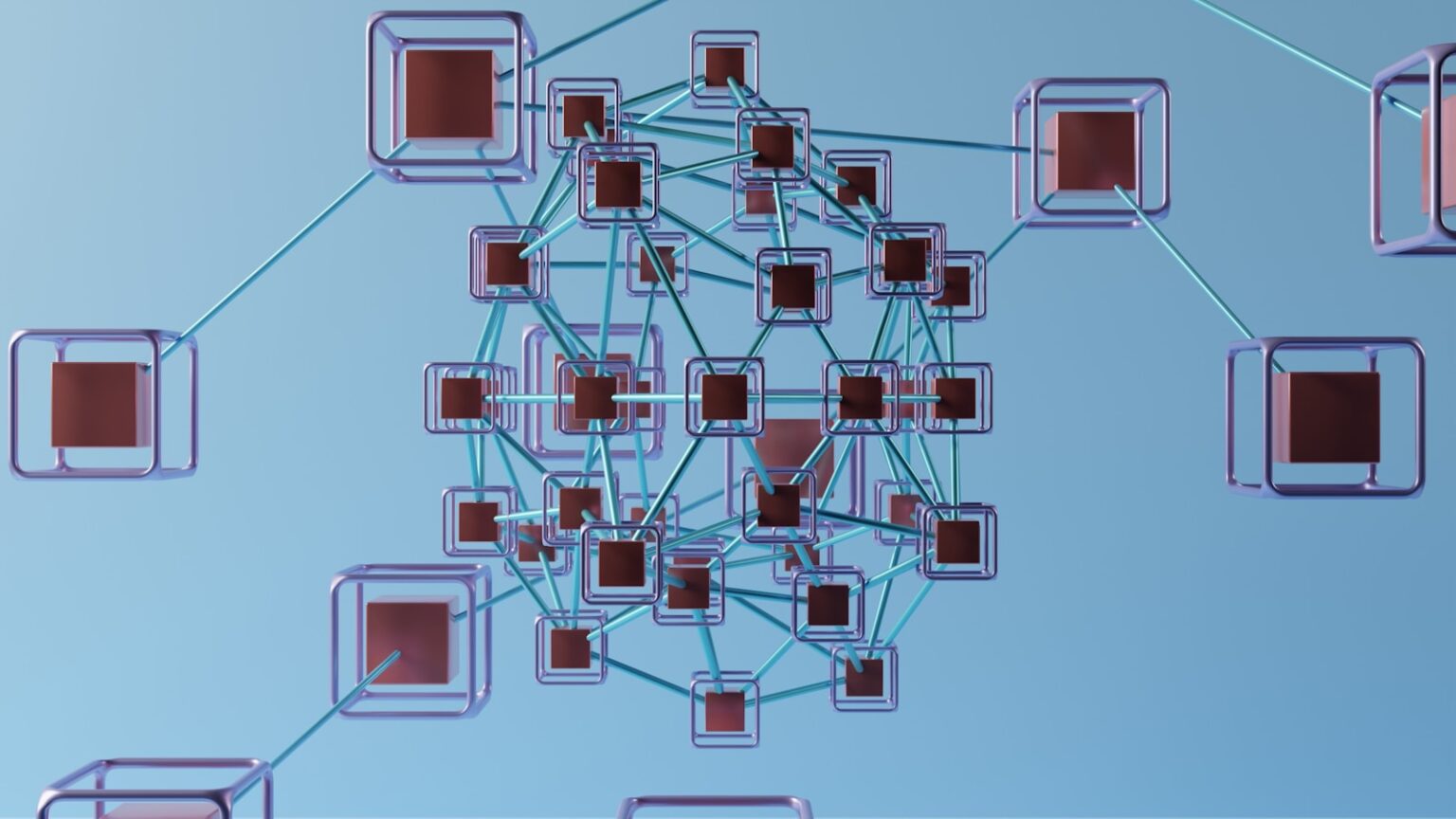Implementing a foundational communication protocol enables seamless interaction across heterogeneous networks without relying on intermediate layers. This approach introduces a base-level system that connects multiple blockchains directly, facilitating data and asset transfers with minimal overhead. By embedding interoperability at the core, it eliminates traditional bottlenecks associated with cross-chain bridges and external validators.
Omnichain systems built upon such fundamental protocols provide a scalable architecture for decentralized applications spanning diverse ecosystems. They rely on consensus mechanisms that verify transactions across several independent networks simultaneously, preserving security while ensuring atomicity of operations. This multi-dimensional synchronization framework supports complex workflows impossible under isolated chain environments.
Exploring these integrative solutions reveals practical methods to achieve end-to-end network cohesion through standardized message passing and state validation. Experimentation with various cryptographic proofs and relayer designs demonstrates trade-offs between latency, trust assumptions, and throughput. Researchers are encouraged to replicate these setups by deploying testnets incorporating universal linkages, thus gaining hands-on insight into the mechanics of interconnected blockchain infrastructures.
Layer Zero: Universal Connectivity Frameworks
To achieve seamless interoperability across diverse blockchain ecosystems, it is critical to implement foundational protocols that enable direct communication between distinct networks without intermediaries. Such infrastructure provides an underlying architecture allowing heterogeneous chains to exchange data and assets efficiently through a unified transmission layer. The intrinsic design eliminates reliance on traditional bridges, reducing security vulnerabilities and latency.
Exploring multi-chain integration reveals that the transmission substrate must support various consensus models and communication standards while preserving decentralization and trustlessness. By leveraging a modular approach where different messaging protocols coexist under a single routing mechanism, developers can build omnichain applications capable of executing cross-network transactions atomically and consistently.
Technical Breakdown of Foundational Network Layers
The core principle involves establishing a communication fabric at the lowest abstraction tier within blockchain stacks. This fabric functions as an inter-protocol conduit transmitting verification proofs alongside payloads between source and destination nodes. For example, implementations often use light client verification or threshold signature schemes to validate state changes without requiring full chain synchronization.
A key experimental setup includes deploying relayers that monitor events on originating blockchains and propagate messages through cryptographically secure channels to target environments. Testing these mechanisms with varying throughput conditions highlights challenges in managing congestion and ensuring message ordering guarantees. The results underscore the importance of adaptive consensus algorithms tailored for cross-layer coordination.
Case studies such as those involving Cosmos IBC or Polkadot XCMP illustrate practical methodologies for enabling heterogeneous network dialogues. Cosmos utilizes standardized packet formats over Tendermint-based hubs to route messages, whereas Polkadot employs shared security models within parachains connected by a relay chain. Both approaches demonstrate how layered communication protocols facilitate scalable omnichain ecosystems by abstracting complexity from end-users.
Experimental frameworks also assess fault tolerance when integrating multiple decentralized ledgers with differing finality times and transaction speeds. Strategies include asynchronous messaging combined with checkpointing techniques to maintain consistency across distributed states. Such architectures pave the way for composable decentralized finance (DeFi) platforms able to aggregate liquidity pools spanning independent blockchains securely and transparently.
Layer Zero Protocol Integration
Integrating the foundational protocol designed for cross-network interoperability requires precise alignment with multi-chain architectures. This approach enables seamless message passing and asset transfers across heterogeneous blockchain ecosystems without relying on intermediary bridges. The core mechanism operates at the base connectivity stratum, facilitating direct communication between diverse distributed ledgers.
The implementation of this protocol within existing decentralized platforms demands attention to node synchronization and consensus compatibility across various chains. Ensuring cryptographic proofs are verifiable on all connected networks solidifies security guarantees while preserving decentralization. Practical deployment involves configuring endpoint modules that translate transaction finality into universally recognized data packets.
Technical Aspects of Multi-Chain Network Integration
The integration process leverages a modular design, where distinct components handle specific roles: relayers transport messages, while light clients verify state consistency between blockchains. This division supports scalability by allowing parallel validation paths without compromising throughput. Experimentally, testing these modules in isolated environments reveals latency metrics and fault tolerance thresholds critical for robust operation.
A case study involving Ethereum and Binance Smart Chain demonstrates how this protocol enables atomic swaps and cross-chain governance proposals without centralized custodianship. The experiment applied threshold signature schemes to authorize actions only upon consensus confirmation from both networks’ validators, thereby reducing risk vectors commonly associated with bridge exploits.
- Relayer Nodes: Transmit encoded payloads between chains with minimal delay.
- Light Clients: Verify block headers ensuring state authenticity across disparate ledgers.
- Endpoint Contracts: Serve as interfaces for executing cross-network commands securely.
Further experimental setups include integrating layer foundation protocols with privacy-enhancing technologies such as zk-SNARKs to enable confidential interchain transactions. Preliminary results suggest significant improvements in transaction confidentiality without sacrificing verification efficiency, opening pathways for sensitive data exchange across public blockchains.
The continuous refinement of integration strategies benefits from iterative experimentation using testnets replicating multiple chain environments simultaneously. Developers can isolate fault domains to identify bottlenecks in consensus verification or message propagation pipelines. Such methodical analysis accelerates innovation cycles and enhances cross-ledger interoperability standards globally.
This foundational connectivity substrate offers unprecedented opportunities for building composable decentralized applications that operate fluidly over numerous blockchains. By merging rigorous scientific inquiry with hands-on trials, practitioners can unlock new dimensions of network synergy, ultimately contributing to a more interconnected ecosystem where assets and information flow unhindered by technological silos.
Cross-Chain Data Transmission
Efficient data transmission across multiple blockchain networks demands a protocol that ensures seamless interoperability beyond isolated ecosystems. The architecture facilitating this interaction operates beneath traditional application layers, enabling decentralized systems to exchange information without compromising security or decentralization principles. This approach supports multi-network communication by abstracting heterogeneous consensus mechanisms and transaction formats into a standardized message-passing process.
Implementations such as omnichain protocols utilize cryptographic proofs and relayer incentives to verify state changes on external chains, creating trust-minimized bridges. For instance, some projects employ threshold signatures combined with light client verification to confirm transaction finality across distinct networks, reducing reliance on centralized intermediaries. These methods establish a robust transmission layer that adapts dynamically to network conditions and varying consensus latencies.
Technical Mechanisms and Experimentation
The core challenge in cross-network data transfer lies in achieving atomicity and consistency during asynchronous operations. One experimental strategy involves splitting the transmission into discrete steps:
- On-chain event detection triggers off-chain relayers.
- Relayers package proof bundles verifying event inclusion.
- Target chain smart contracts validate proofs before executing state transitions.
This modular design allows researchers to investigate failure modes like reorg attacks or delayed finality by manipulating timing parameters within testnets featuring diverse consensus algorithms (e.g., Proof-of-Stake vs. Delegated Byzantine Fault Tolerance). Such controlled experiments reveal latency trade-offs between security guarantees and throughput efficiency.
Extending this concept, multi-ledger orchestration protocols integrate cross-domain messaging channels supporting complex workflows spanning asset swaps, governance updates, or NFT migrations. By deploying composable adapters tailored for each network’s protocol specifics, developers can simulate omnichain applications capable of atomically coordinating actions across five or more independent blockchains simultaneously. This experimentation drives progressive insights into scalable interconnectivity solutions while maintaining rigorous validation through cryptographic primitives.
Security Challenges in Foundational Blockchain Connectivity
The integration of multiple distributed ledgers into a single interoperable ecosystem introduces critical security vulnerabilities that must be carefully addressed. Cross-chain communication protocols rely heavily on external consensus verification and message relays, exposing the entire system to attack vectors such as relay manipulation, fraudulent proofs, and replay attacks. Ensuring robust cryptographic guarantees for data authenticity across heterogeneous networks remains a fundamental challenge for maintaining trust in omnichain environments.
Decentralized interoperability solutions frequently depend on mediator nodes or validators to facilitate asset transfers and information exchange between disparate blockchains. However, this multi-actor dependency creates potential attack surfaces related to collusion, censorship, and Byzantine faults. Compromise of a subset of these actors can lead to double-spending or unauthorized state changes, highlighting the necessity for stringent incentive mechanisms and fault-tolerant consensus algorithms within these protocols.
Core Security Considerations in Cross-Ledger Protocols
One primary concern involves the validation method employed by cross-network connectors to confirm transaction finality on source chains before execution on target chains. For instance, light client implementations embedded within interoperability solutions often suffer from incomplete chain-state verification due to resource constraints or protocol incompatibilities. This partial validation increases susceptibility to false confirmations, where invalid transactions are accepted as legitimate.
Another significant risk emerges from the use of off-chain oracles that feed external data into blockchain ecosystems. When such data providers act maliciously or become compromised, they can trigger incorrect contract executions or erroneous state updates across several interconnected platforms. Experimental studies show that integrating threshold signatures and multi-party computation (MPC) schemes can mitigate oracle-related threats by distributing trust among multiple independent entities rather than relying on single points of failure.
The scalability imperative introduces additional complexity; expanding network throughput often requires batching cross-chain messages or compressing proofs, which may inadvertently weaken security assumptions. For example, aggregating multiple transactions into one proof reduces overhead but complicates error tracing and rollback procedures during dispute resolution processes. Active research is exploring zero-knowledge proof systems tailored for inter-protocol communication that aim to preserve both efficiency and integrity without sacrificing transparency.
Lastly, governance frameworks underpinning these interoperable infrastructures play a pivotal role in their resilience against coordinated attacks. Transparent upgrade mechanisms combined with decentralized decision-making discourage adversarial control over protocol parameters that could otherwise enable front-running or denial-of-service exploits targeting cross-ledger interactions. Continuous auditing and formal verification of smart contract logic managing cross-network operations remain indispensable tools for enhancing systemic reliability.
Conclusion on Use Cases Digital Discovery
Interoperability solutions that operate beneath the application layer enable seamless interaction across distinct blockchain ecosystems, eliminating silos and fostering true omnichain capabilities. By leveraging a foundational protocol that facilitates cross-network communication without intermediary trust assumptions, developers can construct multi-chain applications with enhanced scalability and resilience.
The emergence of an underlying mesh that standardizes transaction formats and messaging schemas across heterogeneous networks opens avenues for innovative use cases such as cross-chain DeFi aggregators, decentralized identity verification spanning multiple ledgers, and composable NFT marketplaces bridging diverse environments. Experimental implementations demonstrate significant gas savings and reduced latency by bypassing conventional bridge architectures.
Technical Insights & Future Directions
- Protocol Agnosticism: Adopting native cryptographic proofs compatible across various chains ensures atomicity in cross-ledger operations, mitigating risks of double-spending or replay attacks common in isolated protocols.
- Composable Networks: Interlinking disparate consensus mechanisms through standardized communication layers creates a resilient ecosystem where functionalities like state channels or zero-knowledge rollups can interoperate fluidly.
- Modular Design: Layered abstractions allow for plug-and-play modules–such as custom validators or data availability committees–that researchers can experiment with to optimize throughput or security guarantees for specific application requirements.
The trajectory points toward a future where decentralized systems function less as isolated islands and more like coordinated clusters capable of collective computation and shared resource allocation. This foundational substrate invites ongoing experimentation with hybrid consensus models, advanced cryptographic primitives, and incentive-aligned governance frameworks. Each experimental iteration contributes empirical data refining our understanding of scalable multi-network orchestration.
Pursuing these investigative paths will deepen expertise in orchestrating distributed ledgers as cohesive computational fabrics. The promise lies not only in technical sophistication but also in expanding practical utility–empowering decentralized applications to transcend individual ecosystems and harness collective value creation at scale. Encouraging methodical experimentation remains key to unlocking this next phase of interoperable blockchain evolution.








